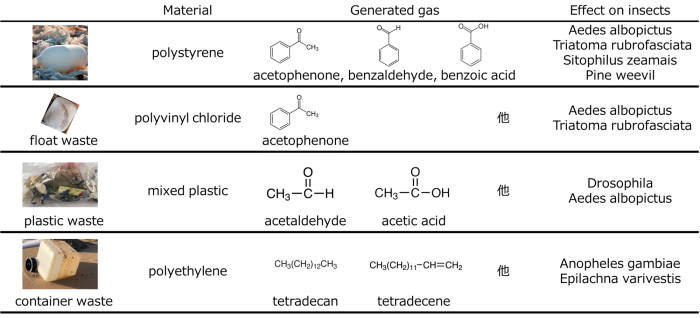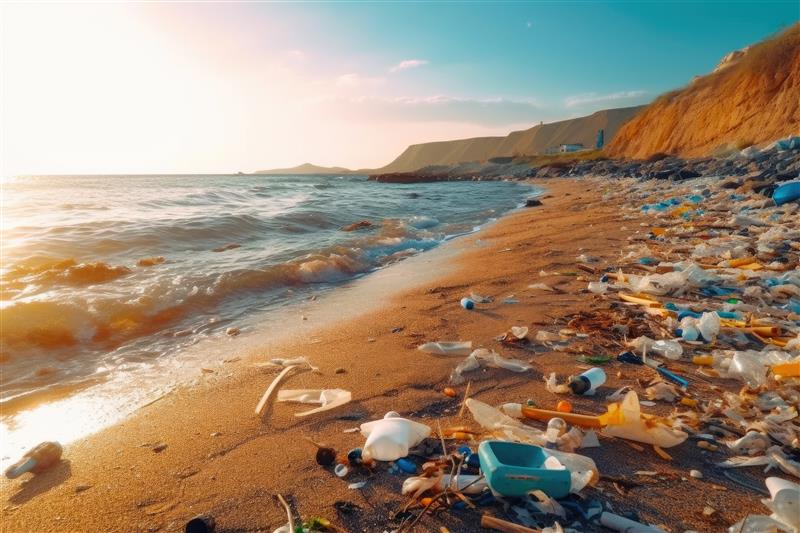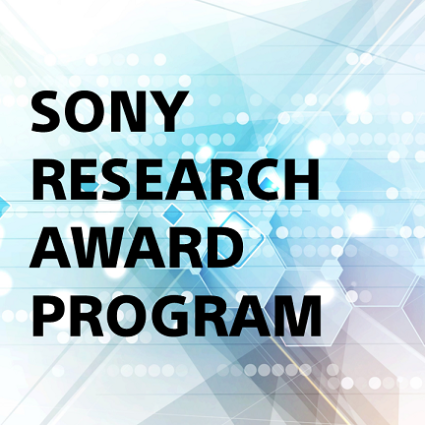Since plastics come to mix with different materials during their generation process or as they age over time, waste plastics need to be selected and cleaned before they can be recycled. The team of the Advanced Research Laboratory, Technology Infrastructure Center, Sony Group Corporation, led by Mitsutake Suematsu, sees this mixed state as a potential advantage and is exploring ways to use waste plastics as value-added materials. Suematsu contributed an article to Plastics magazine issued on October 10, 2023 to obtain opinions from various perspectives about the possibility of exploiting the function that waste plastics acquire while in use for the purpose of insect behavior control.
Plastics are indispensable for modern life. However, since they come to mix with different materials during their generation process or as they age over time, reusing waste plastics for the original purposes requires the cost of selection and cleaning. This makes it commonplace to recycle waste plastics for uses that require lower levels of quality than originally required.
Given this situation, we see the mixed state of waste materials as a value and are looking for ways to reuse them for value-added applications. While there are a variety of potential uses, this article reports on the possibility of using waste plastics as “insect behavior control materials.”
We analyzed the chemical differences between used polystyrene floats and new ones and found that the used floats included substances containing oxygen not found in new floats, such as acetophenone and phenylpropanol. It is known from past research findings that acetophenone has a repellent effect for triatomid bugs that transmit Chagas’ disease and Aedes aegypti mosquitoes that transmit dengue fever. We considered that waste plastics containing the same substance had a similar repellent effect for insects. Repellent tests were conducted using tiger mosquitoes known to be a vector of dengue fever. The results show that chemical substance components of acetophenone and benzaldehyde, as well as oxide-containing polystyrene, function as repellents for tiger mosquitoes. Moreover, benzoic acid effect for maize weevils, pine weevils, and other insects that cause diseases to grain and forests. As the type or use of the target plastics changes, the waste plastics mix with different substances and exhibit different functions.

Considering the mixed state of used materials as a value, we have concluded that the reuse of waste plastics is viable. We intend to keep seeking ways to reuse not just waste plastics but many other kinds of waste materials as well for higher-level applications with the aim of achieving a circular economy.



